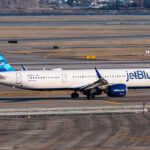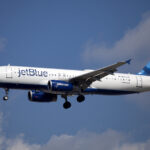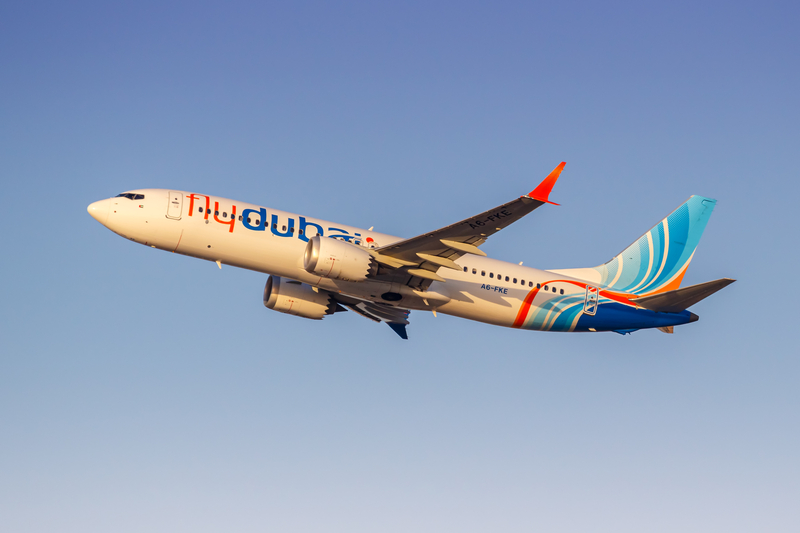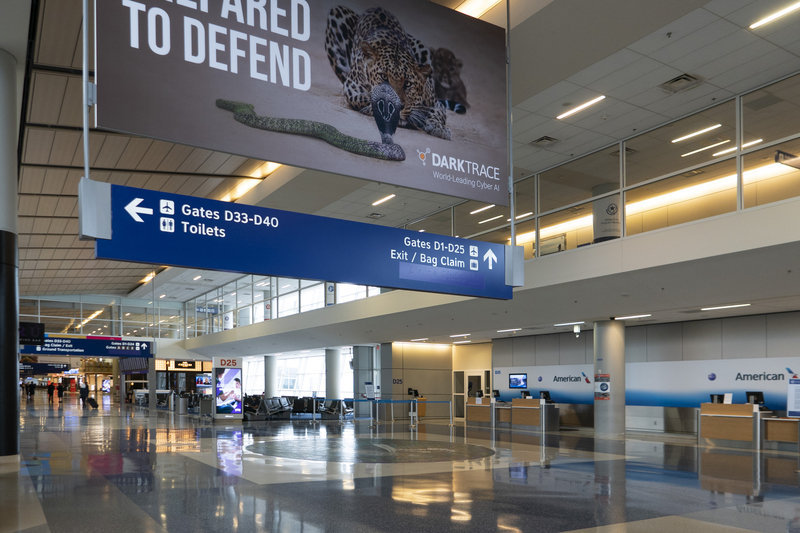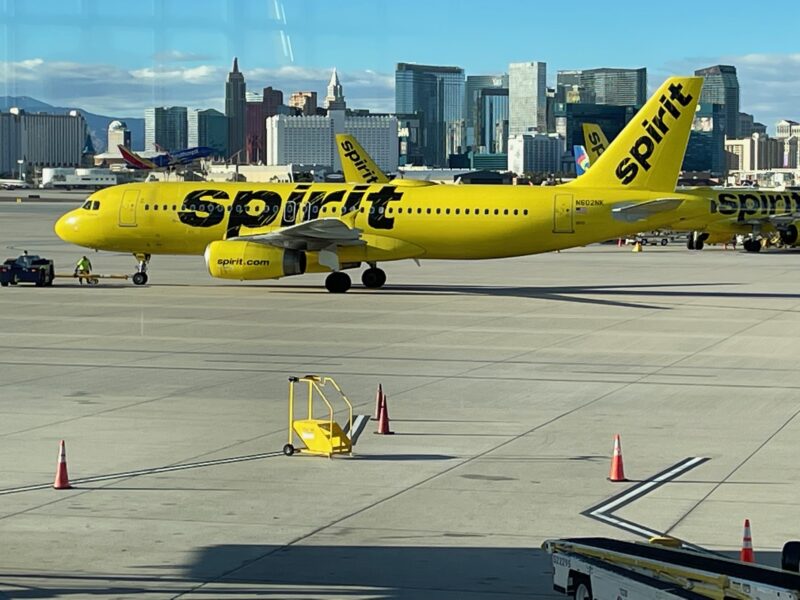JetBlue To Add “Mini Mint” First Class Across Non-Mint Fleet From 2026

ID 175826529 © Lukas Wunderlich | Dreamstime.com
JetBlue is finally doing what its New York- and Boston-based corporate customers have been asking for: putting a real, buyable domestic first class–style cabin on aircraft that don’t already have Mint. Internally nicknamed “Mini Mint” (branding still to be finalized), the product will start appearing in 2026, with about 25% of the non-Mint fleet done by year-end 2026, and most of the fleet converted by late 2027.
This is a major shift for JetBlue, which for years tried to win on a “best economy in the U.S.” message—**32” pitch, seatback screens, free Wi-Fi—**but couldn’t consistently monetize it. Now the airline is moving that comfort up to a premium cabin people will actually pay for.
What JetBlue Is Installing
-
Seat: Collins Aerospace MiQ
-
This is the same proven domestic first class seat used at several U.S. carriers (American uses it on many A321s and 737s).
-
Wide seat, in-arm tray, good privacy for a narrowbody, and simple to maintain.
-
-
Pitch: 36–37” in Mini Mint
-
Even More Space: 35”
-
Core/economy: 30” (down from today’s 32”)
So yes—economy is losing 2 inches. That’s the trade. But JetBlue gains a saleable first class product on nearly every narrowbody flight out of New York JFK (JFK), New York LaGuardia (LGA) where applicable, Boston (BOS), Fort Lauderdale (FLL), Orlando (MCO), Los Angeles (LAX), and high-demand East Coast–Florida flying.
How Each Aircraft Changes
JetBlue is doing this in a very tight, very JetBlue way—almost no loss of total seats.
-
Airbus A220-300
-
New layout: 143 seats
-
8 first class + 135 economy
-
(Today: 140 seats)
-
-
Airbus A320
-
New layout: 162 seats
-
12 first class + 150 economy
-
(Today: 162 seats — so they’re basically holding the count)
-
-
Airbus A321ceo
-
New layout: 198 seats
-
12 first class + 186 economy
-
(Today: 200 seats)
-
-
Airbus A321neo
-
New layout: 200 seats
-
12 first class + 188 economy
-
(Today: 200 seats)
-
In other words: JetBlue is paying for first class by tightening economy, not by cutting a ton of seats. Oldest A320s go first, then the rest of the subfleets.
Why JetBlue Is Doing This
-
They can’t get a fare premium for 32” in the back. The market just doesn’t consistently pay more for a slightly nicer standard coach seat when everyone already has Wi-Fi and IFE.
-
They do operate in premium markets. New York–Florida, New York–Chicago, Boston–South Florida, and transcons from New York JFK (JFK) and Boston (BOS) all support a first class cabin.
-
It feeds long-haul Mint. A customer who can fly premium on the feeder leg is more likely to buy Mint on the long sector.
-
They need the revenue. JetBlue is still working to restore profitability after several tough years and an expensive (and ultimately unsuccessful) growth push.
What The Soft Product Might Look Like
JetBlue hasn’t detailed service levels yet. Two things we can infer:
-
No ovens on non-Mint aircraft → expect high-quality cold meals / composed salads / chilled entrées on longer sectors, plus upgraded snacks and proper drinks service.
-
Brand alignment with Mint → even if it’s not a full Mint meal, expect better-than-legacy presentation and bar offerings. JetBlue knows it wins when it leans into hospitality.
If they execute this well, the experience will sit somewhere above legacy domestic first but below full Mint—which is exactly where a product called “Mini Mint” should land.
What Passengers Will Notice
-
Economy: goes from 32” → 30”. That will be felt, especially on 3–4 hour Florida runs.
-
Even More Space: stays attractive at 35”, now clearly positioned just below first class pitch.
-
First class: real, bookable, standard seat, not an exit-row upsell.
-
More premium seats → more upgrade and corporate inventory in JetBlue’s biggest cities.
Why This Is Smart
-
Demand for premium cabins keeps outpacing capacity on the East Coast.
-
JetBlue has strong New York JFK (JFK) and Boston (BOS) corporate presence but was flying a lot of those customers in economy.
-
A consistent first class cabin across A220 / A320 / A321ceo / A321neo makes schedule shopping easier and gives revenue management another lever.
Bottom Line
Starting in 2026, JetBlue will start putting a Collins MiQ-based, domestic first class / “Mini Mint” cabin on all aircraft that don’t already have Mint. A quarter of those planes should be done by end-2026, and most by end-2027. To make room, JetBlue will tighten economy from 32” to 30”, but in exchange the airline finally gets a sellable premium cabin on the routes where its customers actually pay for one.
